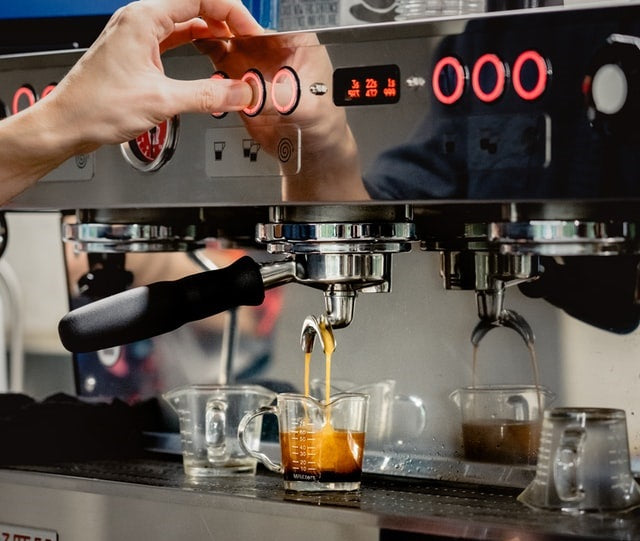Automatic coffee machines are a lifesaver for those looking to get the best cup of coffee without the intricacies of operating a manual espresso machine. However, while you can get away without understanding how to use a pump lever, there are still some important points you do need to consider when it comes to getting the best fully automatic coffee machine.
From a budget-friendly Delonghi Dinamica ECAM35025SB to a luxury Jura Z8, every fully automatic coffee machine must be calibrated correctly to get the best cup of coffee.
The Grind
You probably only have to do this once, but getting the right grind is essential to pulling your perfect shot. Too fine, and your coffee will turn out thin and bitter, too coarse and water will flow too fast, resulting in a weak shot. The key to the best coffee is ensuring that your grinder settings are correct. All fully automatic coffee machines are different, and there isn't a one-size-fits-all grind or out-of-the-box factory setting. Instead, getting the right grind comes down to trial and error; start with the finest grind your machine will allow and slowly increase from there until you get your perfect pull.
The Dosage
The dosage is the amount of water that passes through the espresso puck. A standard single shot is usually 15mls, and a double is 30mls. There is a little flexibility depending on how you like your coffee and what type of drink you are making. In some cases, such as if you want an Americano, your best option is to pull a long shot and top it off with hot water. Some fully automatic coffee machines, like the Gaggia Anima Prestige, will include a function for this.
The Water
No matter the quality of the fully automatic coffee machine you get, the best coffee will come from using the best inputs; you can't get a great coffee from bargain bag grocery store beans, and you should be using filtered water. Unfiltered tap water can leave impurities and chemicals which can dramatically affect the taste of your coffee. Some fully automatic espresso machines, like the Jura machines, come with a water line connection, and it is simple to add a filter. For machines that are not plumbed, it is recommended that you use filtered water.
Testing Out Your Machine
So how will you know when you have got the configuration right? Before you taste, other signs can show you whether you have got your setup done right.
When the water begins to flow, it should be relatively slow and uniform, with a smooth, almost syrupy consistency. You should notice a surface crema form, not too thick, not too thin. The colour of your coffee should be dark and dense; if you're able to see through the glass, the water is flowing too fast.
And finally, the taste. This is really dictated by personal preference, but you'll know that you've nailed the best fully automatic coffee machine settings by how your coffee tastes. It may take a couple or more tries to get it right, but when you do, you will know.
Don't Forget to Clean Your Machine
Cleaning your machine isn't necessarily a calibration issue. Still, if you don't regularly maintain your machine, you will notice a difference in the taste of your coffee, not to mention you run the risk of damaging your coffee machine.
Cleaning doesn't have to take long, and some machines have a self-clean setting. Regardless, you should clean your machine, including the grinder, weekly for the best results.


